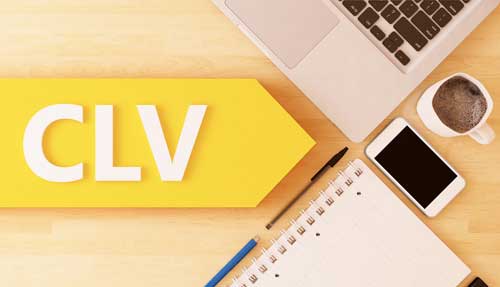Successful online marketers already effectively use A/B testing to constantly improve the rate that visitors to a website undertake a desired action, whether that’s making a purchase, signing up for a subscription, signing up for an email newsletter or simply creating an account with a login and password. Now, that same trusted, rigorous scientific methodology can help companies make more money from the customers they already have.

Consider this scenario: It’s mid-morning and Jane and Jill both call customer service at a large branded skin care subscription service. Both women are on the same subscription plan, each paying $49.95 monthly for a delivery of anti-aging skin crème.
However, once their calls are received, Jane goes down one customer service path in an automated system with various options, prompts and personalized messaging. The system takes Jill down a different path with different choices and options.
Both women have called to cancel, but each receives a different enticement to keep the service. Jane is offered the option to have billing suspended and then restarted in three months, at a discounted rate of $39.95. Jill receives an entirely different offer; pay a lump sum for the whole year at a discounted price equal to $400, a 16.5% reduction in the annual cost Jane would incur.
The skin crème company runs such A/B tests thousands of times every day. The company will test more than 1,000 Janes and 1,000 Jills on these two different offers before choosing a winner. (Hint: It’s not what you think it would be).
Undertaking such A/B testing in an automated environment to optimize customer lifetime value (CLV) is a rapidly growing application of this testing technology. That’s important because CLV is the number that tells a company what each customer is really worth and it can even be used to look into the future value of each client.
Using A/B testing to optimize CLV requires four major components:
1) Use fast and personalized systems
Any company hoping to use A/B testing to successfully lift CLV needs an automated system that provides lightning fast recognition, that can consistently provide personalized, programmable messaging. Customers actually prefer an automated system *if* the messaging is targeted to them. The reality is that 95% of customer calls are to cancel billing, so accepting the reality of cancelations is the first step to improving CLV and customer satisfaction.
Companies should use personalized options to push clients into more profitable options than a straight cancellation. “Hello, Jane Smith, you have received monthly shipments of our skin crème since your initial order in June, are you calling to cancel shipment or to ask product usage questions?” Having computerized systems (and therefore the person you speak to) immediately know who you are and why you might be calling drops anxiety levels.
Offering personalized solutions increases loyalty and confidence in the competency of a brand. That’s especially important because 82 percent of consumers have stopped doing business entirely with a firm because of bad customer service.
2) Apply rigorous discipline
The system must randomly direct customers into different option paths, based on statistical probability assignments. You cannot alternate every other call to A or B, or send one hour, day or week toward A and the next to B. Real-time variation of paths is crucial to assure statistically valid results. Everyone getting an A option on a Monday in week one of a month, is not the same as everyone getting a B option on a Monday in week two of a month. The results can vary dramatically by time of day, weather etc.
The smaller the variance in the testing, the more precise the results will be. For example, using exactly same verbiage or web copy while just changing one factor such as the price offered will produce definitive, precise results.
3) Employ mathematical discipline
Warren Buffet’s and Bill Gates both love the book “How to Lie with Statistics” because it teaches the value of good statistics and the problems caused by attaching inference to poorly constructed models. Effective A/B tests require large, precise sample sets to test the differences between two samples and extrapolate a conclusion*. *Those conducting the test must resist the temptation to cheat by picking what looks like the winner when it doesn’t meet the test requirements.
4) Use comprehensive data
To accurately measure and predict CLV in an A/B testing environment, all points of data are needed. Calculating CLV starts with tracking all customer orders and the associated expenses of acquiring and keeping that client. Costs should not include fixed business costs but should include all variable costs—marketing and acquisition budgets, product and shipping costs, maintenance and transaction fees, refunds, chargebacks, and the cost of customer service inquires.
Variations in pricing plans often cause ripple effects throughout those calculations, so it’s important to conduct a deep dive into the data base (usually the CRM or the billing software) of the testing company to extract all relevant data and correctly calculate
results.
By combining these methods and metrics into a single application, companies are learning that they can methodically and scientifically lift the overall value of customers through A/B testing, driving additional profits within their cost center and overall business and freeing up additional resources for higher advertising spending.
In the case of Jane and Jill, the $400 one-time purchase was the winner, as is almost always the case when customers who *really* don’t want monthly bills are offered the option of a single transaction. In the end, effective A/B testing is an art form that uses the customer’s momentum to cancel and finds the right way to divert some of that energy into one-time purchases that boost profits.
About the Author
Blair McNea is co-founder and chief executive of RevGuard.




